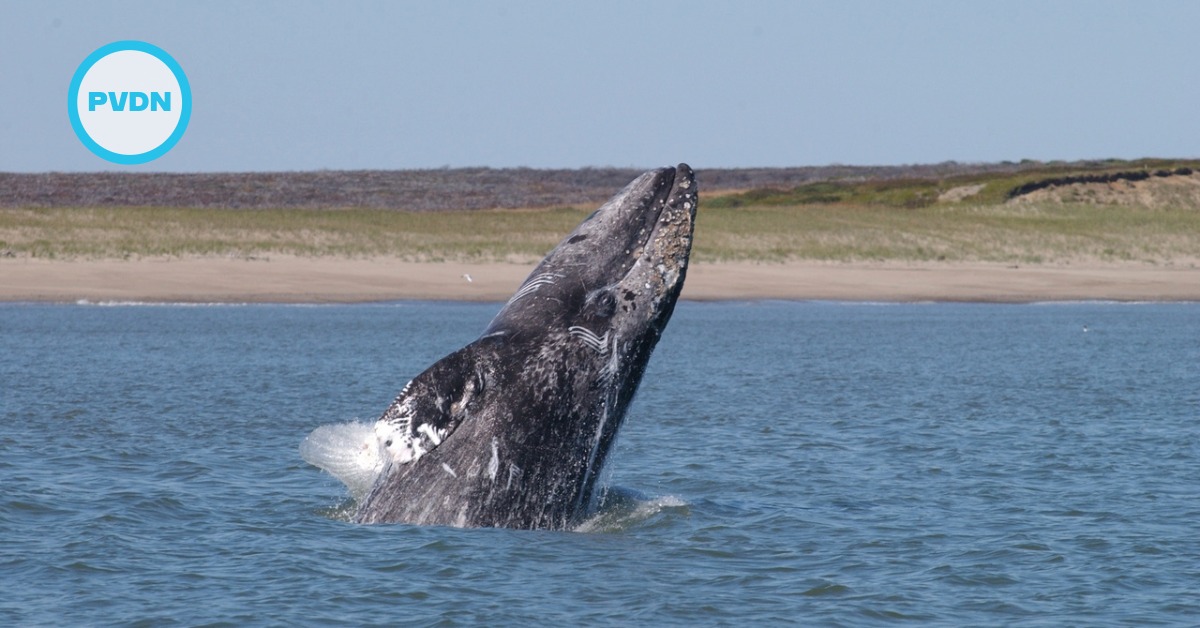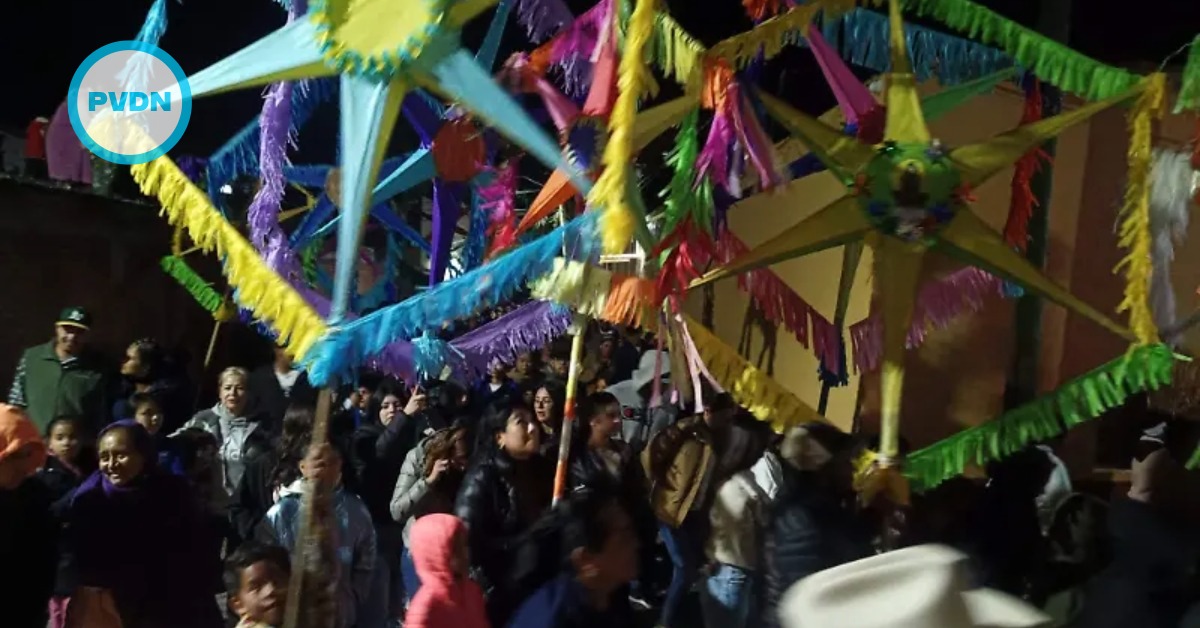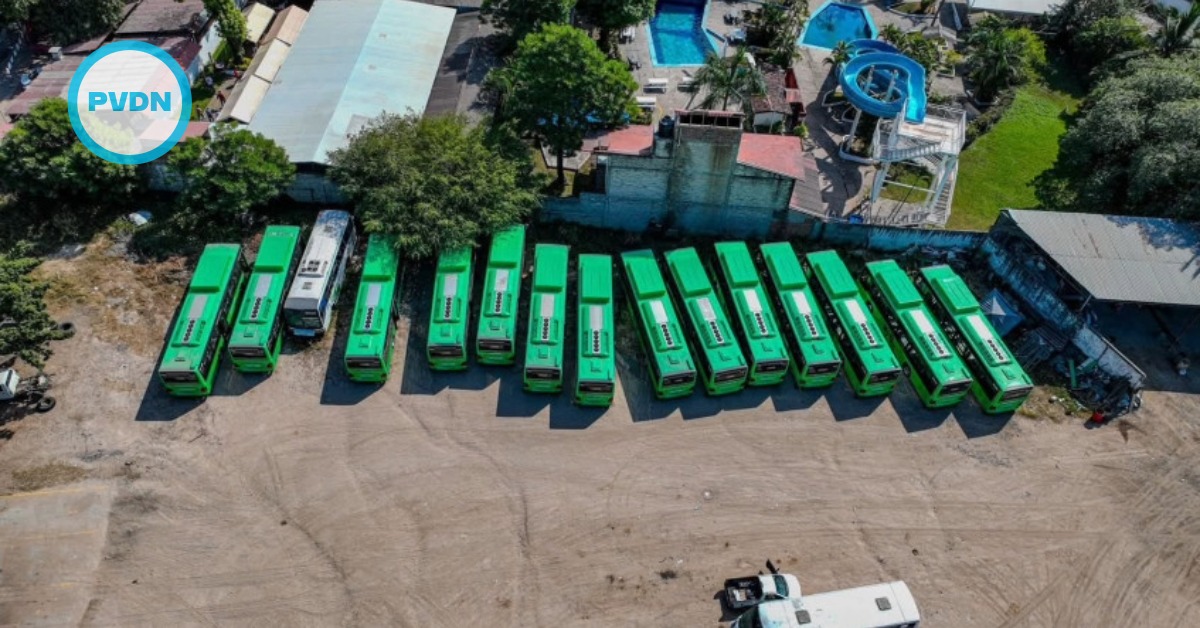The Aztec capital of Tenochtitlán (at modern Mexico City) was founded in 1325 on a muddy island in the lake that at that time filled the Basin of Mexico.
A second group of Aztec settled the nearby island of Tlatelolco in 1358.
Both sites began as small collections of reed huts but, with the growth of Aztec power, developed into cities, eventually fusing into a single conurbation.
Surrounded by "floating gardens" - artificially created islands where produce was grown - Tenochtitlán was joined to the mainland by three causeways. An aqueduct supplied fresh water from Chapultepec.
Along with the many . . .






